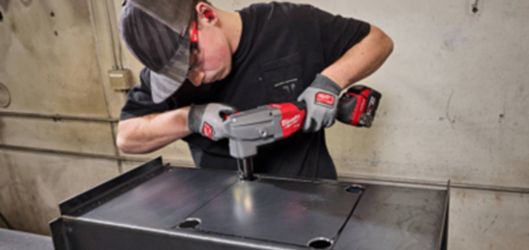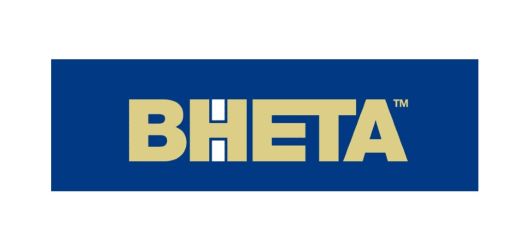
As a global manufacturer and supplier of fasteners and c-class components, Optimas have a wealth of experience in supporting customers who are looking to find greater value in their fastener usage.
On stand H150 for the Advanced Engineering exhibition from 30 – 31 October, Optimas’ experts will be speaking to attendees on how they can simplify their supply chain, reduce their total cost of ownership and explain how they help manufacturers transition to their products and services to ensure a smooth process.
Switching fastener suppliers can be complex, however Optimas’ experts will be walking visitors through a detailed, concise transition guide to show attendees how they can master changing suppliers and create an opportunity for significant improvement.
The process of changing fastener suppliers has been broken down into five key considerations that should be acknowledged when thinking about changing partners.
1. Recognising the Signs to Change
Thinking about whether a change in fastener supplier is needed to ensure operations remain competitive, efficient and aligned with business goals needs to be the first consideration. This will require a keen understanding of current challenges, as well as looking towards the future.
This process can be broken down with a few key indicators to help customers understand the benefits of changing fastener suppliers.
- The quality of fasteners supplied is causing product failures, increased maintenance or customer dissatisfaction.
- The engineering capabilities are not contributing to the innovation of products.
- The current supplier is not helping to achieve optimal inventory levels, which is leading to stock shortages or excess and obsolete, which is affecting production costs.
2. How to Prepare for a New Supplier
The first step before the search of a new fastener supplier should be to create a comprehensive review which documents fastener usage. This should include sizes, types, materials, annual volume and seasonal fluctuations in demands. When speaking to prospective new customers, these details are fundamental to ensure a successful supply and provide the service required.
All of these findings will allow effective communication of needs and target outcomes throughout the search for a new partner.
3. Selecting the Right Partner
Look for partners with a strong track record in the relevant industry, including distribution capabilities, a commitment to quality and innovation and as a bonus robust manufacturing.
Having the addition of in-house capabilities, such as manufacturing, enables a continued supply of parts and also mitigates against the risk of supply chain disruptions.
To easily evaluate the different fastener suppliers, create a simple scorecard to rank the organisations on topics such as financial stability and demand planning capabilities.
4. Create a Transition Plan
A great way to create a comprehensive transition plan is by establishing a cross-functional dedicated project team that includes members from procurement, engineering, operations and quality assurance. That team will then guide all aspects of the process and amongst them a project manager can be nominated as the primary contact to act as the point of call between your organisation and the new fastener supplier.
Another important consideration should be to map out any key timelines for the new transition. This should include deadlines for inventory audits, people relationships, data integration, first deliveries, in-plant bin/rack installations and inventory management technology implementation. Setting clear milestones helps track progress and ensures all parties are aligned on expectations.
5. Ensure Success After the Transition
After the transition is complete, conduct a post-implementation review to assess its successes and identify areas for improvement. Reviewing the transition objectives against the results with key stakeholders from both parties is a good way of gain insight on the transition. Furthermore, implement regular performance reviews with the new fastener supplier.
At Optimas, to help a new customer following the transition phases, we recommend scheduling regular reviews to assess all aspects of the relationship from product quality to service levels, with a dedicated representative, to help maintain the new relationship with the customer.
Optimas’ onsite team at Advanced Engineering will also demonstrate Optimas’ capabilities to minimise supply chain risk through global sourcing leverage and readily available inventory, as well as explain why utilising a dual-source fastener provider with nearshoring manufacturing capabilities can support and exceed the demands of the manufacturing industry.
Furthermore, visitors will be able to discuss Optimas’ advanced Vendor Managed Inventory (VMI) solutions which streamline supply chains, improve forecast accuracy and maximise profits.



